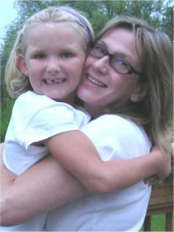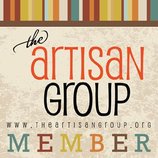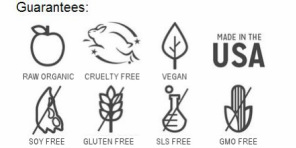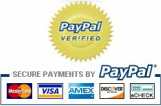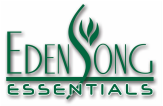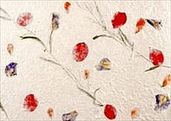 Handmade paper on a skin care site? Why not? It's a wonderful craft, like natural and organic skincare, that screams green! Ancient Egyptians invented the first substance like the paper we know today called Papyrus. Papyrus scrolls were made by taking slices of the inner part of the papyrus stem, flattening then pounded into a hard, thin sheet. The word "paper" comes from the word "papyrus". The Paper that we know today was invented by Ts'ai Lun in A.D. 105, It is believed that he mixed hemp, mulberry bark, and rags with water, mashed it into a pulp, pressed out the liquid and hung it to dry in the sun. Paper was born and this humble mixture would set off one of mankind's greatest communication revolutions. Today there is a revival in homemade papermaking crafts. Not only is it a fun experience for you and the kids, but also it's a good way to recycle waste into wonderful possibilities. Below you will find a simple papermaking recipe to get you started. If this is the first time you are making paper, don't be afraid to experiment with different fibers, you don't have to stick with paper related products. Add whole flower heads to the pulp mixture after it has been through the blender. You can add scraps of yarn, tin foil, even seeds. Its all comes down to what you want. Experiment with different textures and colors after all Ts'ai Lun did! Remember, some of your ideas will turn out while others may not. Have fun with it; express your creativity. You will need: blender paper – newspaper, junk mail, wrapping paper, egg cartons, old cards, paper bags, pre-soaked non-wax boxes, tissue paper, napkins, construction paper water plastic basin or tub picture frame without the glass (deckle) window screening staples or tacks scrap cardboard felt, fleece, pellon, cotton material or old t-shirts sponge work table or counter 1. Stretch the screen around one of the frames and staple in place like a canvas. 2. Tear paper into small pieces, enough to fill the blender 1/3 full. 3. Place the torn paper into the blender. 4. Fill the blender with water and secure cover to the blender. 5. Turn the blender on and pulverize the paper until you get a nice consistency, about 30 seconds to 2 minutes. 6. Pour the contents of the blender into the tub or dishpan. You may add bit of herbs, flowers, pine needles, grass, glitter, etc. to the blend mixture or you may add it after it’s been blended. Repeat 2-6 until you fill the tub 1/2 full. 1. On a table or counter, place some scrap cardboard (or something so your work area will not get wet). 2. Place the felt (or other material) on the table. 3. Now hold the frame so the screen is on the bottom. 4. Take the frame and place it on the edge of the tub, dip it in, keeping the frame towards the bottom of the tub, and level it out. 5. Slowly pull the frame up. There should be a lot of pulp on the frame. 6. Hold it over the tub and let it drain for about 30 seconds. 7. Carefully take the frame over to the table or counter with the felt on it. 8. Flip the frame over, with the pulp facing down towards the felt. 9. With the frame on the felt, press gently and use your sponge to soak up the extra water. 10. When most of the excess water is removed, slowly lift up the frame. The pulp (now wet paper) should stay on the felt. At the point, you can let the paper air dry, which can take a day or two. When they have dried peel them off the fabric and voila, you have paper! Or to speed up the process, you can iron it between a paper napkin. When it has turned a shade or two lighter, it’s done. Here are a couple videos that give instructions. The sky is the limit! Have fun! Paper Alice Paper Studio
12 Comments
|
Contact UsAuthorWelcome! I'm Stephanie (Jo to close friends), founder of EdenSong. Aside from my university studies, I have a natural passion for all things organic. I enjoy living and learning about natural ways, all things health related, cooking, gardening with herbs and flowers, photography, DIYing, yoga, bicycling, ballet, traveling and being with family and friends. A quirk of mine is my near obsession of Asian culture, particularly Korean history and its language. Would you like to know more? Find out about us. Categories
All
Archives
December 2014
© EdenSong Essentials
All Rights Reserved |
|
Sign up for monthly free tips and recipes.
|
Shop About Us Contact Us Ingredients Endorsements Terms & Policies Get in Touch Customer service or wholesale inquiries, please leave us a message: 615.292.1000 Or better yet, email us: [email protected] |
Connect Socially
© EdenSong Essentials
All Rights Reserved |
